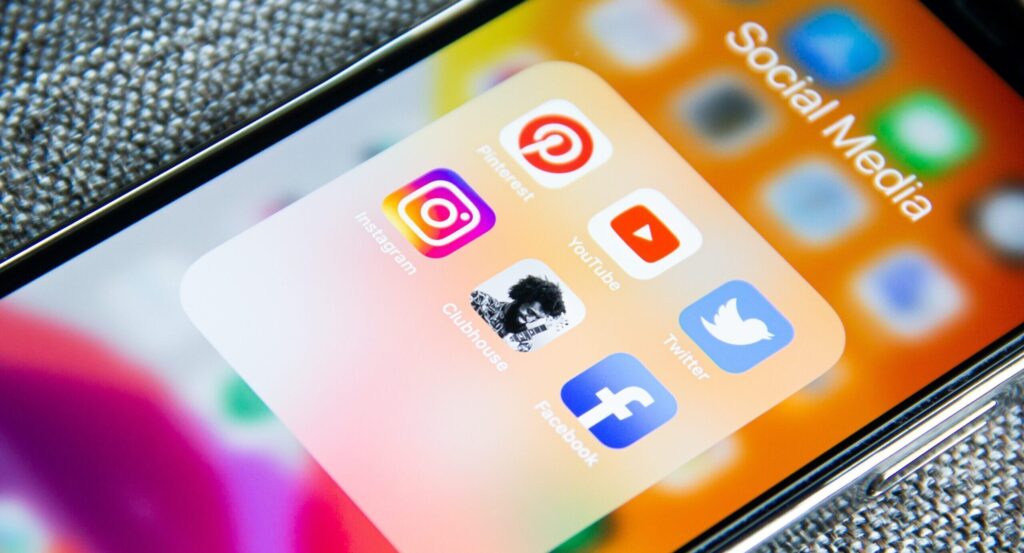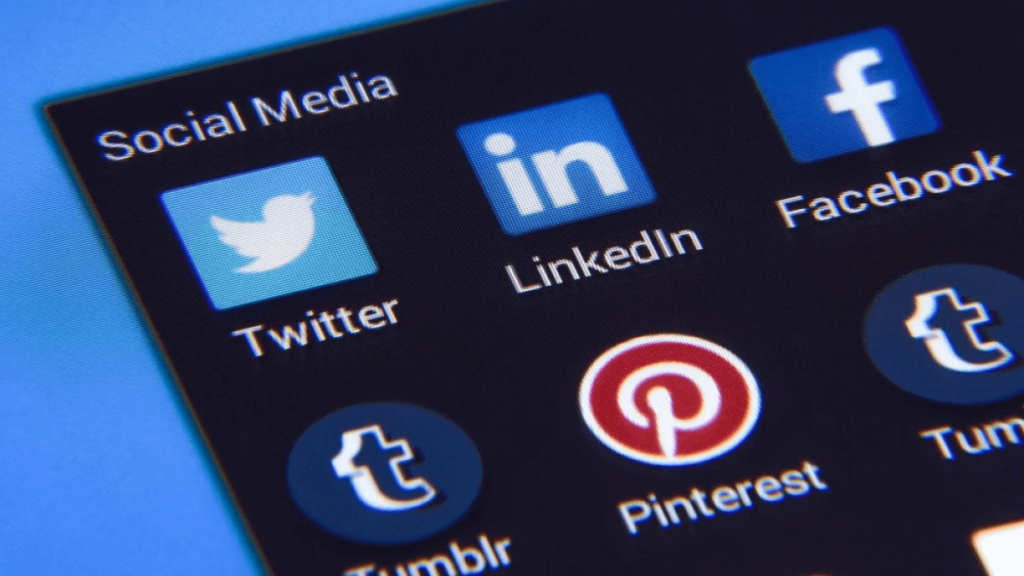In our digital age, the significance of social media is undeniable. With billions of users across platforms like Facebook, Twitter, Instagram, LinkedIn, and many others, it has become an essential part of our daily lives. Businesses have identified the colossal potential of social media, leveraging it for marketing, customer service, public relations, and many other functions. But with the sea of content being produced and shared every day, it becomes paramount for businesses to keep an eye on their online presence. Here enters the concept of ‘Social Media Monitoring.’
What is Social Media Monitoring?

Social Media Monitoring, often known as social listening, involves tracking mentions of your brand, products, competitors, or any other keywords relevant to your business across various social media channels. It’s about tapping into online conversations to understand what people are saying about you and the industry at large, and then using that knowledge to refine your strategies.
Why is Social Media Monitoring Important?
- Reputation Management: You can’t control what people say about your brand, but you can control how you respond. Monitoring helps in identifying soboth positive and negative feedback, enabling you to address concerns and grievances, as well as to acknowledge and amplify positive endorsements.
- Competitive Analysis: By keeping a close eye on what’s being said about your competitors, you can gain insights into their strategies, strengths, and weaknesses. This information can inform your business strategies, helping you get a competitive edge.
- Real-time Engagement: Social media is a dynamic space where trends change within minutes. Monitoring can help you identify trending topics and engage with them in real-time, keeping your brand relevant and relatable.
- Sales Opportunities: When potential customers ask for recommendations or express dissatisfaction with a competitor, it can be an opportunity to introduce them to your offerings. Furthermore, understanding the sentiments can also aid in refining the strategies reflected in tools like your sales dashboard.
Tools and Platforms for Social Media Monitoring

While manual monitoring is possible for smaller brands with a limited online footprint, as the scale grows, it becomes increasingly untenable. Thankfully, there’s a myriad of tools available that can automate this process:
- Hootsuite: It allows you to track mentions of your brand and relevant keywords across multiple social platforms. Its user-friendly interface provides real-time updates and engagement metrics.
- Brandwatch: This is an advanced tool for businesses, providing detailed analytics about brand mentions, sentiment analysis, and demographic breakdown of your audience.
- Google Alerts: A free tool by Google where you can set up alerts for specific keywords, and it sends you email updates when those are mentioned online.
- Mention: This tool gives real-time alerts for your brand and keyword mentions. It also offers collaborative features for teams to work together on the platform.
- Sprout Social: Apart from monitoring, it also provides detailed analytics and allows you to schedule posts and engage with your audience directly.
Best Practices for Effective Social Media Monitoring

- Define Clear Objectives: Understand why you’re monitoring social media. Is it for customer service? Brand reputation? Competitive analysis? Your objectives will determine your approach.
- Use Relevant Keywords: Apart from your brand name, track relevant product names, taglines, and even key personnel. Also, consider tracking common misspellings of these terms.
- Engage Actively: Monitoring is not just about listening; it’s also about engaging. Respond to queries, acknowledge feedback, and join conversations that are relevant to your brand.
- Analyze and Adapt: Use the insights from monitoring to inform your strategies. If a particular marketing campaign gets a negative response, learn from it and adapt.
- Stay Updated with Trends: Social media is always evolving. New platforms emerge, old ones undergo changes, and user behaviors shift. Stay updated to ensure your monitoring efforts are always relevant.
Real-World Examples:

- Crisis Management: When a negative news story about a popular fast-food chain’s hygiene practices went viral, timely social media monitoring allowed the brand to address the issue promptly, apologize, and take corrective measures.
- United Airlines faced a PR disaster when a passenger was forcibly removed from a flight. The video went viral on social media. Through vigilant monitoring, companies can avoid or mitigate such PR nightmares by timely intervention.
- Product Development: A tech company noted a recurring complaint about a product feature on social media. By monitoring these mentions, they gathered feedback, made the necessary adjustments, and launched an updated version, much to their customers’ delight.
- Competitor Analysis: A new brewery utilized social media monitoring to understand the strategies of established competitors, helping them carve out a unique niche for themselves in a crowded market.
- Feedback Loop: Refer to the process of tracking and analyzing online comments, mentions, and interactions related to a brand or topic, and then using that information to inform and refine marketing and communication strategies. As users engage with content, their responses provide real-time insights. Brands can take this feedback, adapt their approach, and reintroduce changes to their audience. This continuous cycle not only helps businesses stay aligned with audience preferences but also fosters a dynamic relationship where audiences feel heard and valued.
- McDonald’s decision to bring back its Szechuan sauce was largely due to the clamor on social media. Monitoring allowed them to gauge the overwhelming demand.
Conclusion
Social Media Monitoring is not just a tool for big businesses. In an age where a single tweet or post can go viral and shape perceptions, businesses of all sizes need to be proactive in understanding and engaging with their online audience. It’s not about controlling the narrative, but about being a part of it, listening to it, and learning from it. By effectively leveraging social media monitoring, businesses can navigate the complex digital landscape with more confidence and agility.







